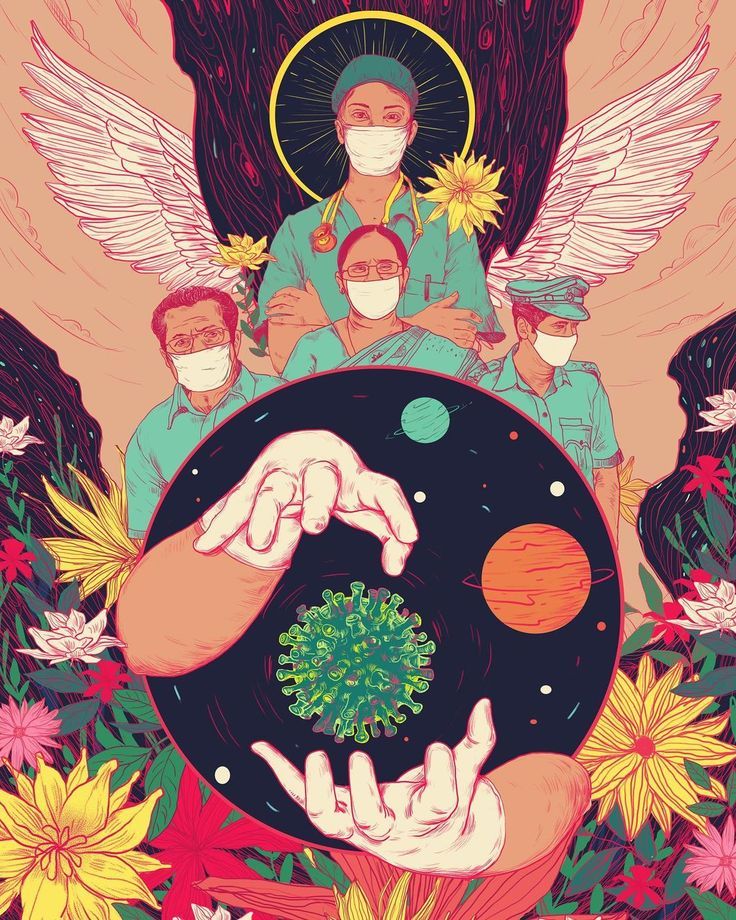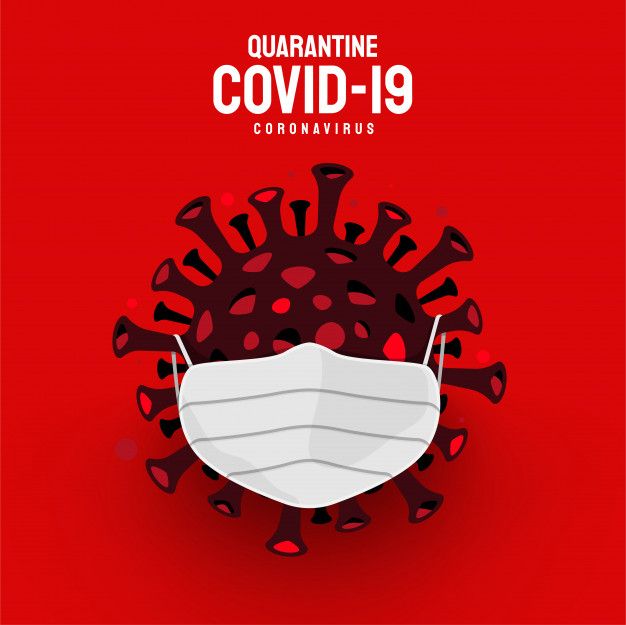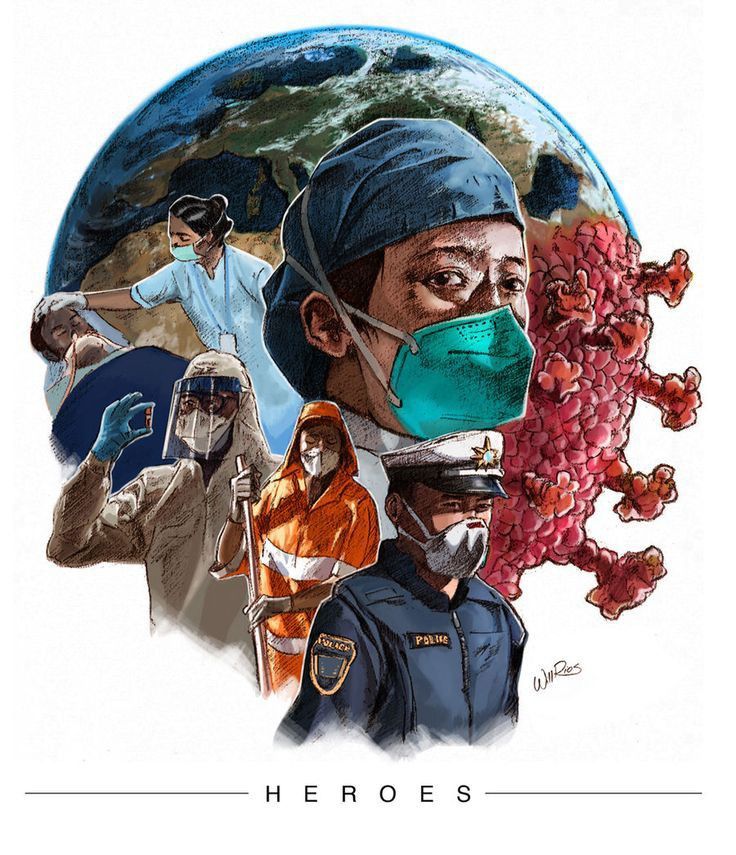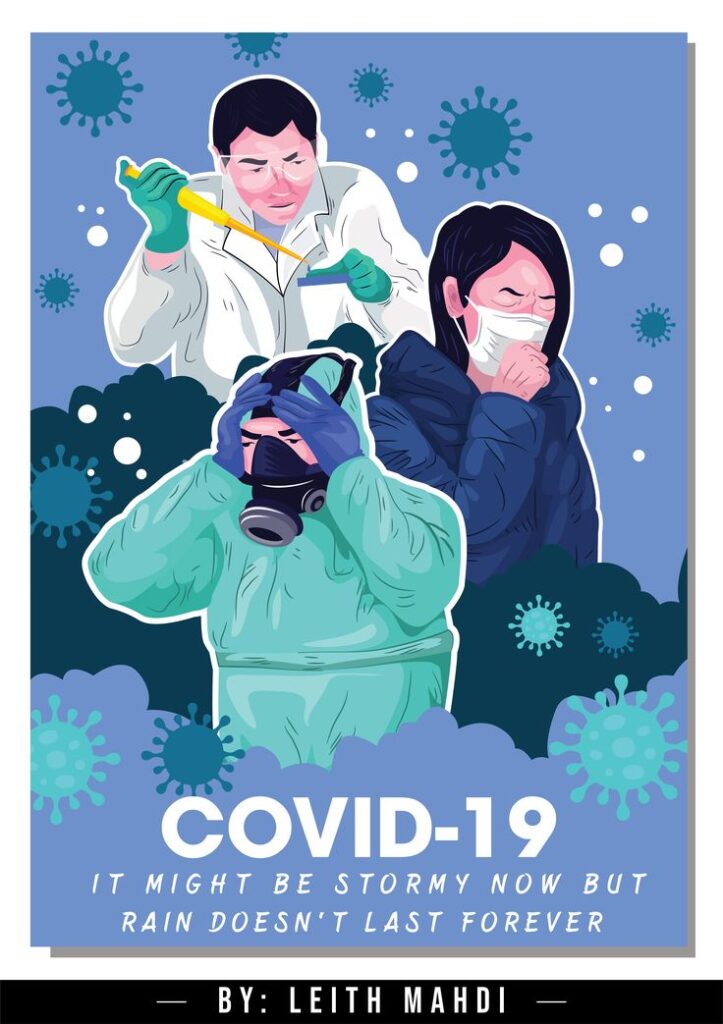Views and opinions of people during Pandemic

The COVID-19 pandemic was one of the most disruptive global events in recent history. From early 2020, the virus swept across countries, altering the way people lived, worked, and interacted. Amid the chaos and uncertainty, public opinion on the pandemic was far from uniform. People’s views and reactions varied greatly based on their personal experiences, cultural backgrounds, socioeconomic conditions, and access to information.
In this blog, we explore the spectrum of thoughts and opinions that shaped human behavior during this unprecedented time

- The initial wave of the pandemic triggered widespread fear. The uncertainty surrounding the virus—how it spread, its symptoms, and its fatality rate—caused anxiety on a global scale. News outlets reported rising infection numbers daily, and social media amplified the panic through speculation and misinformation. People feared not just for their health, but also for their jobs, financial stability, and the well-being of their loved ones.
- Many individuals became hyper-aware of hygiene, with hand sanitizers, face masks, and disinfectants becoming everyday essentials. For others, however, the panic felt overblown. Some believed the threat was exaggerated by the media and governments. These contrasting perspectives led to debates on how serious the situation really was.



The pandemic highlighted a deep divide in people’s trust in science and institutions. On one side were those who placed their faith in medical professionals, the World Health Organization (WHO), and national health agencies. They followed guidelines rigorously—social distancing, lockdowns, and eventually, vaccinations.
On the other side were skeptics. Some distrusted vaccines, others questioned the motives of pharmaceutical companies, and a significant portion believed that the virus was a hoax or part of a political conspiracy. The anti-vaccine movement gained momentum in many countries, fueled by misinformation and a lack of transparent communication from authorities.
Governments, too, received mixed reactions. While some were praised for their swift action—like New Zealand or South Korea—others faced harsh criticism for delayed responses, mismanagement, or authoritarian measures under the guise of emergency control.

Lorem ipsum dolor sit amet, consectetur adipiscing elit. Ut elit tellus, luctus nec ullamcorper mattis, pulvinar dapibus leo.
Economic Anxiety and Inequality
Economic fallout from the pandemic deeply affected public opinion. Millions lost jobs, small businesses closed, and entire industries such as tourism and hospitality came to a standstill. Government stimulus packages and unemployment benefits became lifelines for many. However, opinions on these financial supports were split.
Some saw the assistance as necessary, while others viewed it as unsustainable or unfair. Gig workers and those in informal employment often felt overlooked. The pandemic exposed and widened existing inequalities—between rich and poor, urban and rural, white-collar and blue-collar workers.
People’s opinions on lockdowns were often shaped by their economic situation. For professionals who could work from home, lockdowns were an inconvenience. For others—particularly daily wage earners—they were devastating.
Social and Emotional Responses
Isolation, grief, and mental health issues became widespread. People were cut off from their social support systems, unable to visit family or attend major life events like weddings and funerals. Many expressed feelings of loneliness, frustration, and burnout.
At the same time, a sense of collective empathy also emerged. Communities organized food drives, neighbors supported each other, and people began to appreciate the value of essential workers—from healthcare professionals to delivery drivers.
The pandemic also shifted attitudes toward work and lifestyle. Remote work became normalized, prompting debates about work-life balance, productivity, and the future of offices. Many people reassessed their life priorities, leading to what some called “The Great Resignation,” where large numbers of workers voluntarily left jobs they found unfulfilling.
Cultural and Religious Reactions
Cultural and religious responses varied widely. In some countries, religious leaders played a crucial role in promoting health measures. In others, large religious gatherings continued despite warnings, leading to super-spreader events.
Cultural perceptions also influenced how people viewed government control. In collectivist societies, people were more accepting of restrictions for the greater good. In individualist cultures, such measures were often viewed as infringements on personal freedoms.
The role of faith became more pronounced during the crisis. Some saw it as a test from a higher power, while others questioned their beliefs in the face of suffering and loss. Online worship services became a new norm, bridging communities even when physical gatherings weren’t possible.
The Role of Media and Misinformation
The media played a dual role throughout the pandemic. On one hand, it was a critical source of real-time updates and public health information. On the other, it became a breeding ground for misinformation, conspiracy theories, and fear-mongering.
Opinions about the media’s role were polarized. Some praised journalists for exposing corruption or reporting under dangerous conditions. Others accused them of bias, sensationalism, or pushing political agendas. Social media platforms, in particular, were scrutinized for allowing the spread of false information and vaccine misinformation.
People began to question the credibility of information sources, leading to an information crisis where even scientific facts were contested based on who was reporting them.
Hope, Resilience, and Innovation
Despite the challenges, the pandemic also sparked stories of hope and resilience. Communities rallied to support the vulnerable. Scientists developed vaccines at unprecedented speeds. Technology helped people stay connected, educated, and informed. Innovations in healthcare, delivery services, and remote work technologies changed how people interact with the world.
Many individuals expressed a renewed appreciation for the little things—family, health, nature, and time. Others became more civically engaged, participating in discussions about public health, inequality, and social justice.
Conclusion: A Mirror to Humanity
The pandemic served as a mirror, reflecting the best and worst of humanity. People’s views and opinions were shaped by personal losses, economic realities, cultural backgrounds, and access to truth. Some found strength in community and science, while others turned inward or against institutions they no longer trusted.
What remains undeniable is that the COVID-19 pandemic was not just a health crisis—it was a social, emotional, and ideological one as well. The diversity of opinions it generated shows how complex and interconnected our modern world has become. Moving forward, these reflections offer valuable lessons in empathy, preparedness, and the power of collective action.
